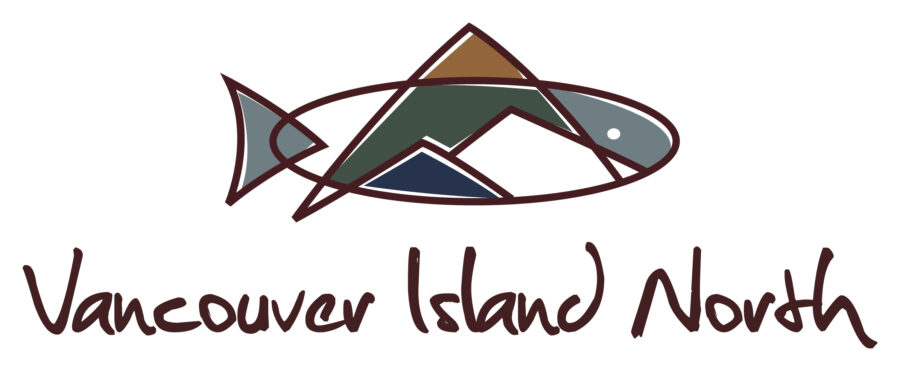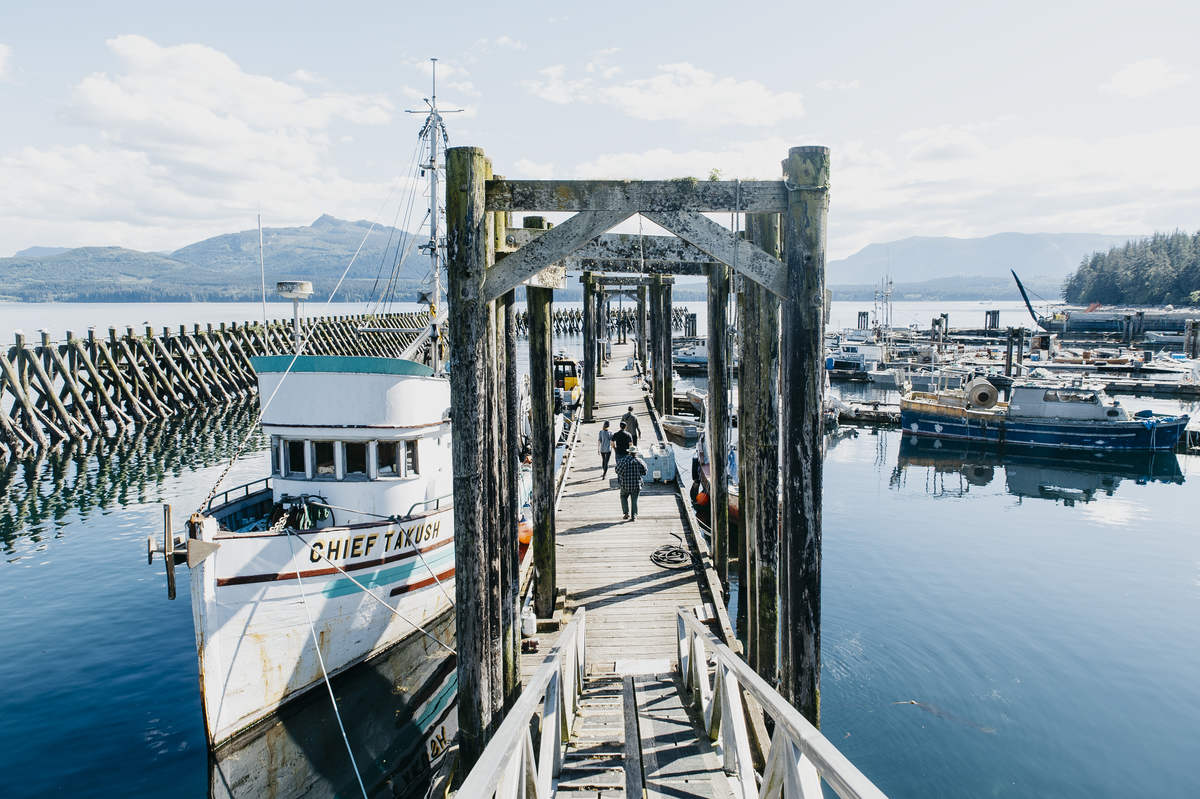This harbourside community on Cormorant Island, a 45-minute ferry ride from Port McNeill, was the traditional summer village home for the ‘Namgis First Nation before European settlers arrived in the 1860s to establish a salmon saltery and regional trading centre. Today the ‘Namgis people – artists, storytellers, members of the cultural dance group and everyday folk alike – welcome visitors to respectfully explore backyard treasures like the Big House, the world’s tallest totem pole and the U’mista Cultural Centre with its priceless masks and potlatch regalia. Discover more of the village’s history at the Alert Bay Library-Museum, then walk the oceanfront boardwalk past hotels, B&Bs, galleries, gift shops and comfort-food cafes.
Visit Vancouver Island North Tourism to learn more.

Things to do in Alert Bay
- A 45-minute ferry ride from Port McNeill, Yalis (aka Alert Bay on Cormorant Island) is the ancestral home of the ‘Namgis peoples of the Kwakwaka’wakw. View the potlatch collection at the U’mista Cultural Centre and sign up for a variety of traditional experiences at the Culture Shock Interactive Gallery – cedar bark weaving, storytelling, cultural ecotours and salmon barbeques included. U’mista summer programs include culture, art and language.
- The world’s tallest totem pole towers above the magnificent ‘Namgis Big House. Traditional dances by the T’sasala Cultural Group take place in the Big House on Thursday and Friday afternoons in July and August.
- Discover the island’s fascinating mix of First Nation and pioneer history at the Alert Bay Public Library and Museum by exploring its digitalized collection of 7,000 photographs.
- Above town, the Gator Gardens Ecological Park features a cedar boardwalk over a unique marsh environment.
- Hop on a whale watching tour with Seasmoke Whale Watching
- Local events include Seafest, Musicfest, Artfest and Salmon Run (held on the same weekend in late July) and the Albert Bay 360 kayaking event on the BC Day long weekend in early August.
Please note: Permission needed to visit the historical sites of the Kwakwaka’wakw can be obtained by calling the local First Nation offices or the U’mista Cultural Centre.
